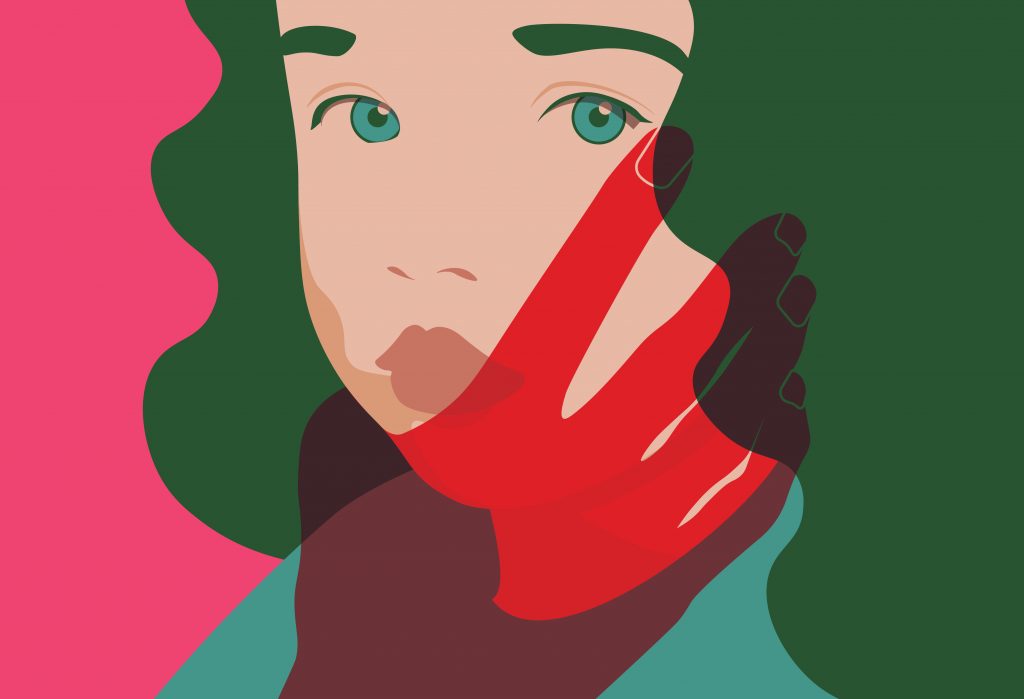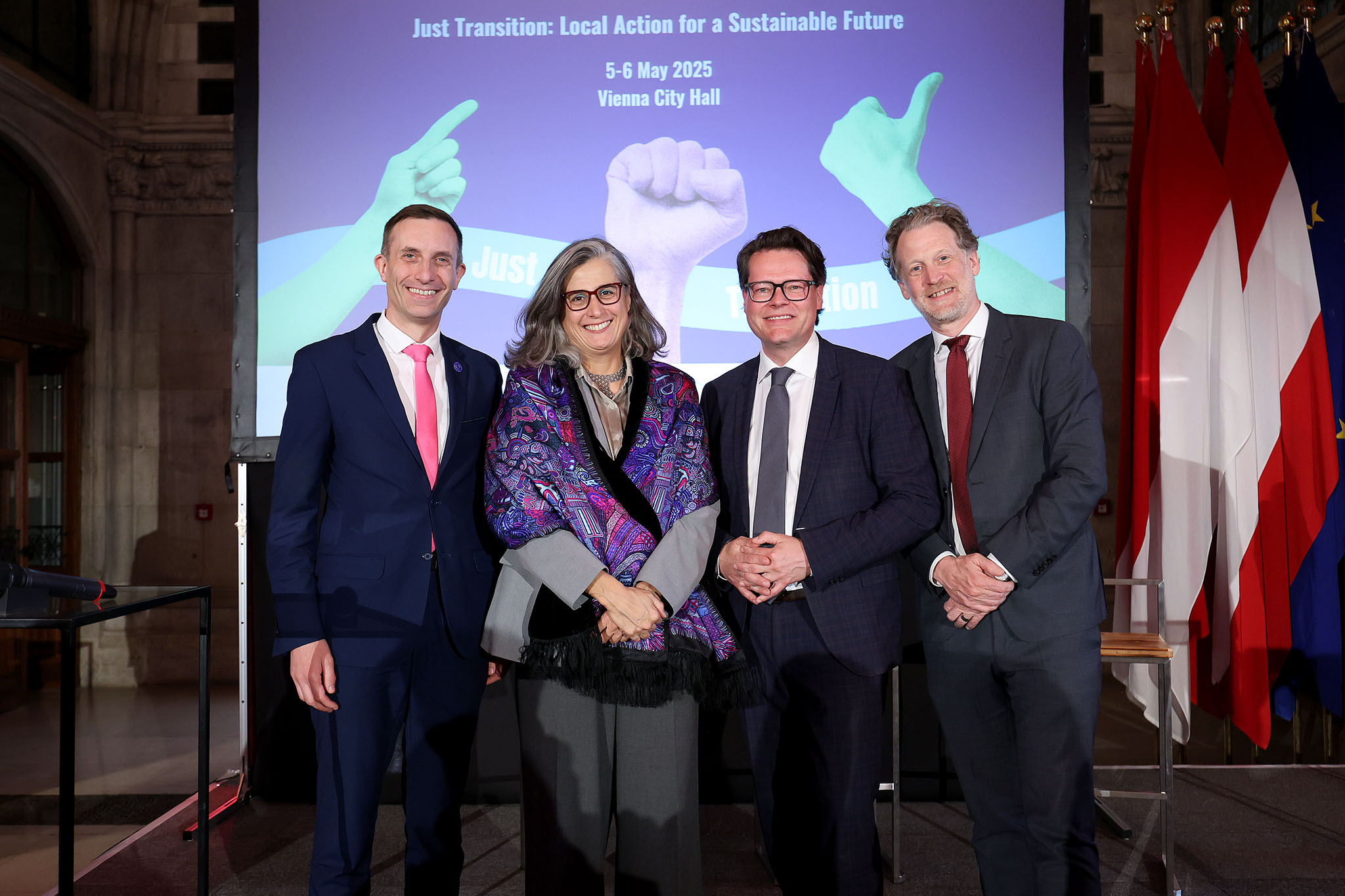Emerging statistics and accounts from front-line workers suggest that all forms of violence against women and girls, notably domestic abuse, have increased since the onset of COVID-19.
This Shadow Pandemic has soared in the midst of the COVID-19 crisis, and we need a worldwide response to halt it. In the COVID-19 reaction and recovery activities, more has to be done to focus combating violence against women
Since 1981, advocates for women’s rights have commemorated November 25 as a day against gender-based violence. This day was chosen to memorialize the Mirabal sisters, three Dominican political activists who were brutally killed in 1960 on the orders of the country’s dictator, Rafael Trujillo (1930-1961).
Women’s violence is still a common and pervasive violation of human rights.
Around the world, 35% of women and girls will be subjected to physical and/or sexual violence. In certain nations, the figures are far higher, approaching 70%.
Women account for nearly half of all human trafficking victims worldwide.
In the world, 650 million women and girls are compelled to marry before they reach the age of 18.
In 30 nations, 200 million women and girls are mutilated.
Approximately 15 million females aged 15 to 19 have been subjected to sexual violence at some time in their lives.
Today, we look at six initiatives from our Showroom that tackle violence against women and girls – by either establishing a coordinated institutional response to domestic violence and supporting integrated prevention mechanisms; by legally granting protections for women against gender-based domestic violence; or by educating and protecting children by developing their understanding and practical skills.
In our Showroom we present exemplary political projects which successfully address today’s challenges. Each month, we offer you a carefully curated selection of best practices which impact global settings through local change-making.



